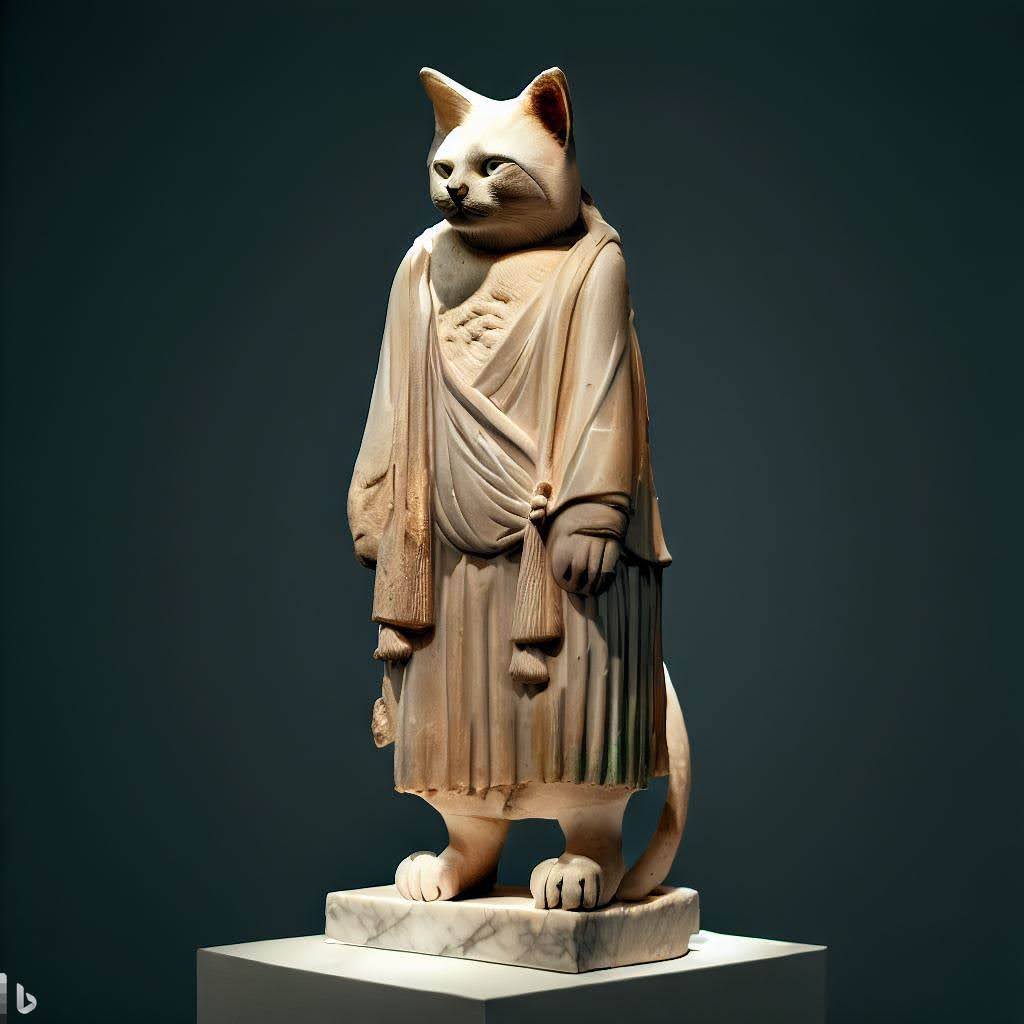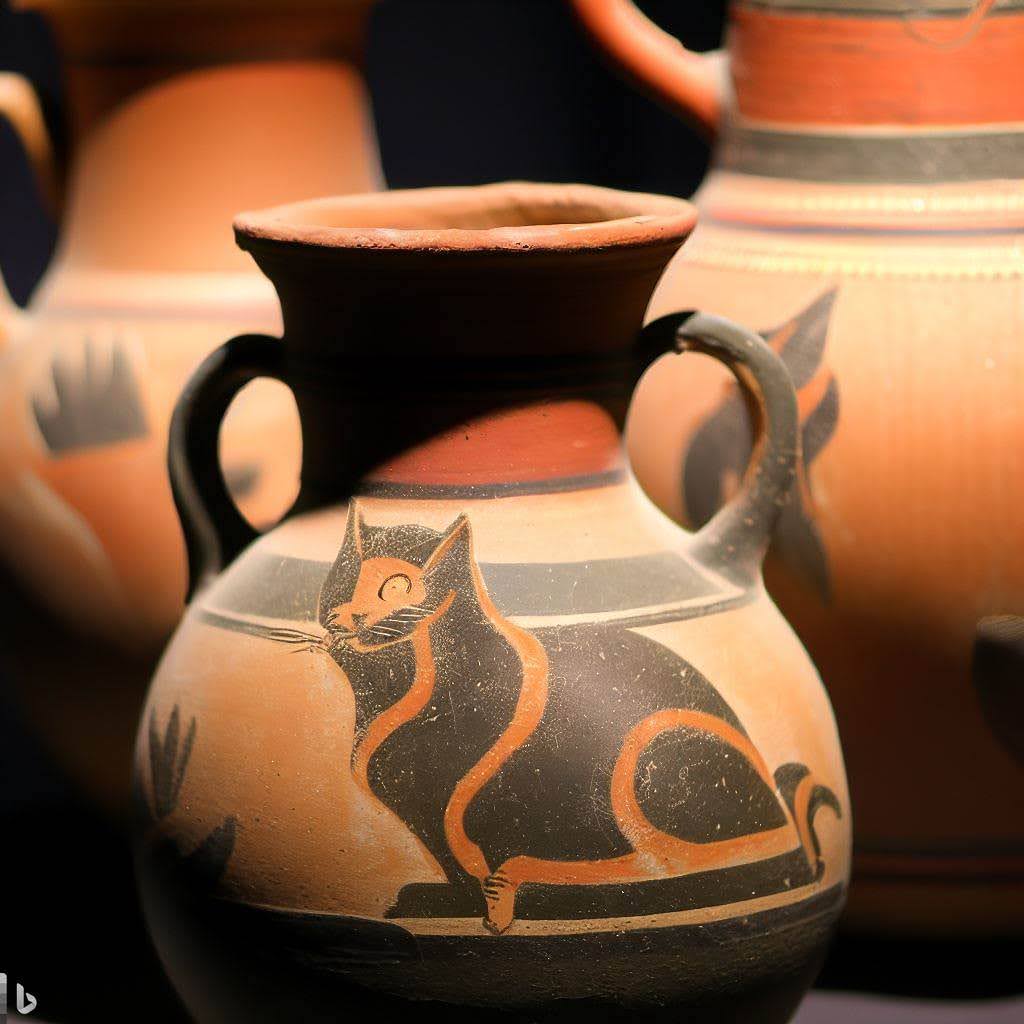May 29, 2023
AI Tools for Writers: Make Your Life Easier, Keep Your Art Intact
The popularization of artificial intelligence (AI) tools is arguably one of the most important things to have happened in terms of the internet and IT in recent years. We’ve already seen how AI can help programmers, and we’ve also seen the pitfalls of improper AI use. So let’s make it specific for writers and see what kinds of AI tools writers can use – and this will be a case of “it’s not what you think”.
You might recall a post where I explained how AI can write really well but it’s utterly lousy at producing art. This is a crucial detail to keep in mind here: AI can’t do your job for you. AI can’t produce art; currently it can barely produce something emulating it (though this might change in the near future).
In any case, if your goal is to write fiction that actually has something to express, completely eradicate from your mind the idea that you can delegate this job to AI. You can’t rely on AI for anything that is “client-facing”. In other words, you can’t rely on AI for writing.
Instead, I will focus on ways and AI tools writers can use to make their life easier, tickle their imagination, and produce literature that is affective.

AI Tools for Writers: Visual
A picture is worth a thousand words, they say, and the image you see just above should explain why. As virtually every fiction author will tell you, having a visual reference is something we do often when writing a scene.
Whether for vivid descriptions or for getting to know a character, being able to see how something/someone “should” look like is a core part of the process for all authors. Not all need an actual image – some simply picture it in their mind – but most authors I’ve talked to (and I’ve talked to a lot) do have some reference images for at least some aspect of their stories.
Up until now, I’ve mostly used stock images for such tasks. But from now on, there’s no need for that. Why use a stock image – that most of the time isn’t quite what you had in mind – when you can literally make one?
Though later in this post I will also refer to text-producing AI, such as ChatGPT, I feel visual AI tools can be more useful for a fiction writer.
Do you need to write a scene set in a yellow room decorated in 80s style and with a view to a garden with a fig tree? How about a scene involving a red Ferrari parked in an alley in Rome? Or a white van with baskets containing bread in a Greek village?



No matter what scene your narrative requires, visual AI tools offer you the opportunity to have a direct, visual reference for it.
But there is more.
Imagination and Visuality Work Both Ways
If you remember my post on visuality, I defined it as a process where vision and memory intertwine, to produce an affective experience. Clearly, this has significant implications for imagination and creativity, but it also underlines how the process is a two-way street. When you imagine something, that means you can see it in your mind; but seeing it in your mind also helps further fuel this imagination.
Now, what if you could see what you imagined not just in your mind but literally, as an actual image? Visual AI tools for writers can be really significant boosters when it comes to such processes. The reason? That you can create things that don’t exist.
Here’s what it would look like if ancient Greek sculptors and potters liked cats as much as ancient Egyptians did:




Obviously enough, such an ability to create references for imaginary things can be extremely valuable for worldbuilding and fantasy writers in general.
AI Tools for Writers: Textual
As I mentioned above – and perhaps ironically enough – I’d argue visual AI tools for writers are more important than textual ones.
Indeed, as I explained in the introduction, AI cannot be trusted with producing anything audience-facing. In theory, you could perhaps ask an AI model to generate some text for you for e.g. a mundane description, but I would still very strongly advise against it. The reason?
AI doesn’t recognize and can’t emulate your writing style.
When I was a young(er) and stupid(er) author, I thought I needed to have long, elaborate descriptions of everything. I had seen other writers’ texts doing that, and I thought “shit, that’s what’s good literature, that’s what I need to do”. Only later did I realize that no, that’s not who I am. I slowly developed my own style, that focuses far less on long descriptions and much more on pace, rhythm, and “how it feels”.
An Example of What Not to Do
To see why delegating writing work to AI is a really bad idea, let’s first see how my novel Illiterary Fiction begins (if this looks familiar, you might have seen it in my post on introducing characters):
The headlights of the cars intermix with the bright shop windows and flow in colorful rivers before his eyes. He’s waiting to cross the avenue, obeying the traffic light, mesmerized by the redness of the hand that orders him to stop. Or else what? He is too polite to discover. He’s also too polite to say anything to the teenagers making duckfaces while incessantly snapping photos with their cell phones.
The extended hand eventually gives its place to a miserable-looking human figure that’s supposedly walking. Only, in actual fact the border of the dark yellow box is right in front of the hopeless shape, and it won’t be able to go anywhere. The young man sighs and begins traversing the busy thoroughfare, some cars impatiently waiting on his left, while others keep pouring along the intersecting street.
This is me. This is how I write. What would happen if we asked ChatGPT to produce something similar? I gave it the prompt “Generate a couple of paragraphs describing a timid man waiting for the traffic lights to change at a busy New York pedestrian crossing”. Here’s what it returned:
In the bustling heart of New York City, amidst the chaotic symphony of honking horns and hurried footsteps, stood a timid man on the corner of a crowded intersection. His eyes darted nervously from one lane to another, anxiously awaiting the traffic lights to change. The weight of the city seemed to press upon his shoulders, causing him to shrink inward. His hands fidgeted restlessly in his pockets, seeking solace in their hidden refuge.
With each passing moment, his gaze grew more focused, fixated on the red hand that barred his path. A subtle tremor coursed through his frame, as if his whole being held its breath, desperate for the moment of release. And there he stood, a silent figure amidst the cacophony, a gentle soul waiting for the permission of an illuminated symbol to grant him passage into the swirling chaos that lay before him.
The irony is that most people wouldn’t see anything wrong with this, and ultimately there isn’t. It’s just i) too artificial, lacking the subtlety required for art to emerge; ii) (and more importantly) not consistent with my style.
So, How Can Textual AI Tools Help Writers?
We saw that visual AI tools help writers have a reference and ideate new imaginative paths. In a way, that’s how we can use textual AI tools too.
Obviously enough, the ability to have textual references is both more limited and less useful. I mean, it’s not exactly groundbreaking to use AI tools to write a description of something and then write something new using that as reference. Indeed, it might even impact your innate authorial voice. Can you imagine using ChatGPT to generate the text above, then trying to make it fit my own style? It just doesn’t work that way; books need to write themselves.
Nonetheless, it can still be a useful thing to use AI tools to generate short synopses or blurbs for chapters or scenes. This can help you have an outline of what’s going on – or feed them to my Conceptualizer app 😉 – and track progress.
You can even be adventurous and use it for ideation: Feed the AI-generated synopses of, say, chapters 1-10 back to the AI, and ask it to come up with an idea for e.g. foreshadowing or a parallel plot. The process might inspire some new idea to work with.
Another application a textual AI tool can have for an author is as a research tool. It really can’t be trusted for accurate information, but if you’re a fiction author – though not of historical fiction! – and would like some quick-and-dirty info that is either hard or time-taking to obtain yourself (e.g. via a more thorough internet search), you can use it, with some caution.
Let’s see some examples for all the above scenarios
Examples of Textual AI Tool Applications
I asked ChatGPT to create a 5-line synopsis for each of the chapters in Bram Stoker’s Dracula. It would take too much space to share those, so take my word for it that they were fairly acceptable. Then I asked ChatGPT to generate a 5-line synopsis for an imaginary chapter containing an imaginary parallel plot. It took a while to convince the AI to do it properly (it insisted writing a whole chapter rather than a synopsis), but it did return this (I’ve made some very minor edits for clarity):
Mina stumbles upon an enigmatic diary hidden in an abandoned attic, chronicling the journey of a previous vampire hunter. As she reads, she uncovers a story revealing the origins of Dracula’s curse and his ties to an ancient vampire bloodline. Determined to understand their foe, Mina and her allies delve deeper into the vampire’s history, unearthing forgotten rituals and dark secrets. Through this, they gain crucial insights into Dracula’s vulnerabilities and devise a plan to confront him.
In all honesty, it’s neither great not original – it’s clear to me, as a Gothic scholar, that ChatGPT simply emulates vampire lore from other sources – but remember: You are not supposed to get direct material, only something to inspire you to come up with your own idea.
How about using ChatGPT as a research helper? This works far better. Let’s assume I’m writing a scene set in a little-known city in Greece, Trikala. Let’s assume the protagonist is an archaeologist, and as a writer I need to know what kind of archaeological sites I can find in an x-mile radius. You can find such information on the net, but it’ll be far less time-taking to ask ChatGPT “What kind of archaeological sites exist in a range of 20 miles from Trikala, Greece?”
Within seconds, I had an impressive list of half a dozen sites, with information on each one such as:
Sarakina Cave: Situated about 12 miles northeast of Trikala, Sarakina Cave is an archaeological site of natural significance. It features impressive stalactites and stalagmites, as well as evidence of human occupation dating back thousands of years, including Neolithic and Early Bronze Age artifacts.
Again, I wouldn’t trust any of those enough to write a nonfiction article about it – unless I was into unintended misinformation! – but for general fiction they can be fine.

AI Tools Help Writers, If Used Properly
Like other tools, AI tools for writers are awesome if you use them properly. That is, if you use them understanding their limitations and repercussions.
Visual AI tools are bad producing human faces, and even inanimate objects have flaws, as you can likely spot in the images of this post. Similarly, textual AI tools can never be trusted for accuracy – as this lawyer discovered the painful way – and as certainly not for producing art.
Most people – and I dare say this reveals lack of comprehension as well as imagination – believe AI will replace writers/artists, steal jobs, etc. by taking over the process entirely. If that happened we’d be in a dystopia, because it’d mean we’d all but abandoned what true art is about. We’re indeed sadly well on our way to do that on our own, without the help of AI, but that’s another matter.
In reality, AI is a direct replacement only for tasks that shouldn’t exist in the first place, like coming up with marketing jingles. AI can’t write art, AI can’t draw art.
AI can only be a help (even a great help) for those who can.
I don't show you ads, newsletter pop-ups, or buttons for disgusting social media; everything is offered for free. Wanna help support a human internet?
(If you'd like to see what exactly you're supporting, read my creative manifesto).
